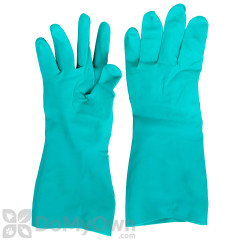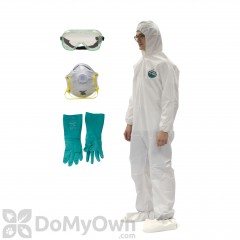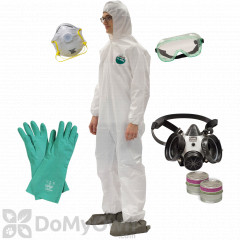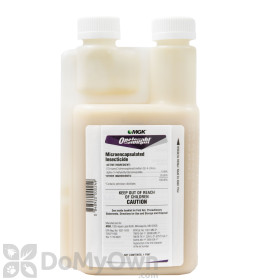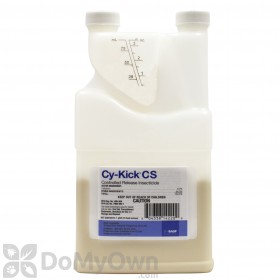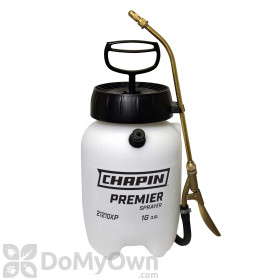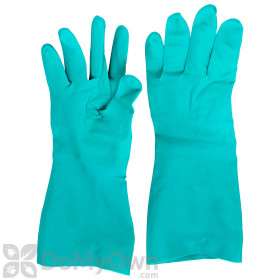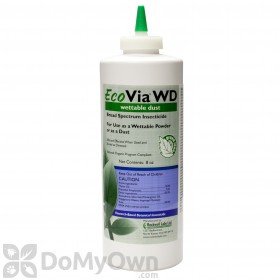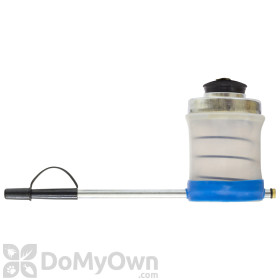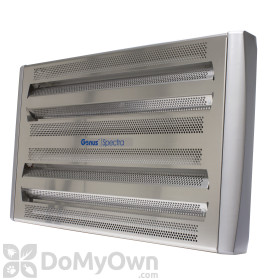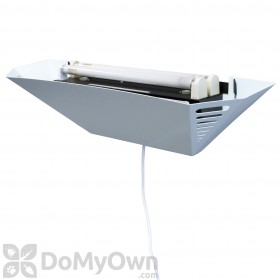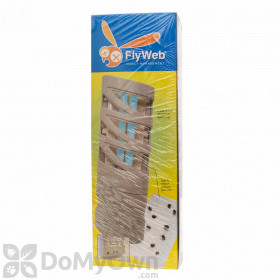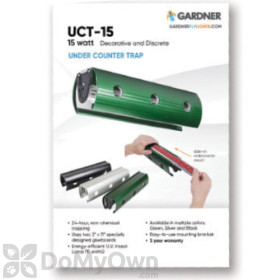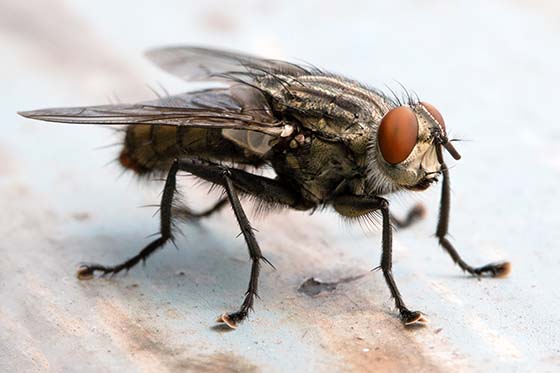
Flies near your windows, doors, and lights in the spring as temperatures begin to warm may be cluster flies. While they are harmless to humans as they do not spread disease, they can be a nuisance, especially in large numbers.
Cluster flies are overwintering, meaning they will try to enter a home or building in the fall as temperatures begin to cool in search of a warm place to survive the winter. Once inside, cluster flies will hide and are usually not seen by people. Instead, they are seen in the spring when the weather warms as they try to leave the building in search of food.
Read this guide to learn how to control a cluster fly infestation. Keep in mind, the best way to control cluster flies is to prevent them from entering your home. Once they are inside, your treatment options are limited. Our guide on how to prevent cluster flies will help you keep cluster flies out of a building.
Knock Down Active Cluster Flies
If you have large populations of cluster flies flying around your home or a particular room, you can use a space or contact spray like 565 Plus XLO to knock them down.
Products needed for Step 1
Prepare Room for Treatment
Close all windows, air vents, and doors in the room or rooms you will be treating.
Spray the Room
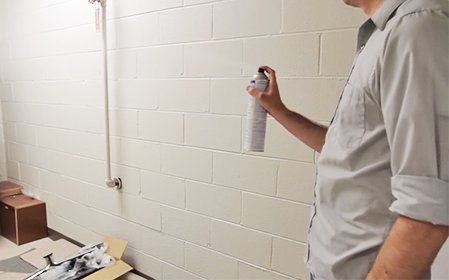
Spray the insecticide upward into the open air of the room. Read the instructions on the product for how long to spray. Spray voids where you see cluster flies entering into the room as well.
Leave the Room
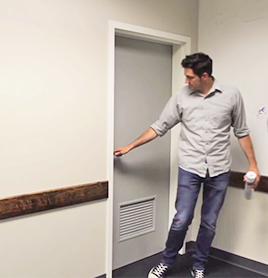
Leave the room after spraying for at least 15 minutes. Open the doors and windows before re-entering the room.
Remove Cluster Flies

You should see dead cluster flies after spraying. Use a vacuum or broom to remove the dead insects. Be sure to remove the dead insects before treating with a residual insecticide spray and dust.
Space and contact sprays will only kill the flies that are exposed at the time of the application. Hidden cluster flies may emerge later. Read the label of your spray for usage rates and how often the spray can be applied.
Treat Your Home with Insecticide
Select a residual insecticide labeled for cluster flies, such as Onslaught.
Mix Your Insecticide
Read the label of your insecticide to determine how much insecticide and how much water is needed. Add half the recommended amount of water to your hand pump sprayer along with the appropriate amount of insecticide. Then, add the rest of the needed water. Replace the top of the hand pump sprayer and shake the sprayer vigorously to mix the water and insecticide together. Remember to wear gloves and long-sleeves while mixing chemicals.
Consult our guide on how to mix and apply liquid insecticides for step-by-step instructions for how to mix and use liquid insecticides.
Products needed for Step 2A
Spray Inside the Home

Once you have your insecticide mixture prepared, spray the following areas around the inside of your home:
- Around door and window frames
- In the corners of rooms where cluster flies have been spotted
- Where baseboards meet the wall
- Beneath appliances and sinks
- Where utility pipes enter the home
Dust in Cracks and Crevices
Insecticide dust is a fantastic product to use in hard to spray areas like cracks and crevices. Even better, insecticide dust is long-lasting.
Prepare the Dust
Select an insecticide dust labeled for cluster flies, such as EcoVia WD. Then, fill a bellow hand duster halfway with the dust. Replace the cap of the hand duster and turn the duster upside down, so that the cap is facing the floor. You are now ready to apply the dust around the home.
Products needed for Step 3A
Apply the Dust
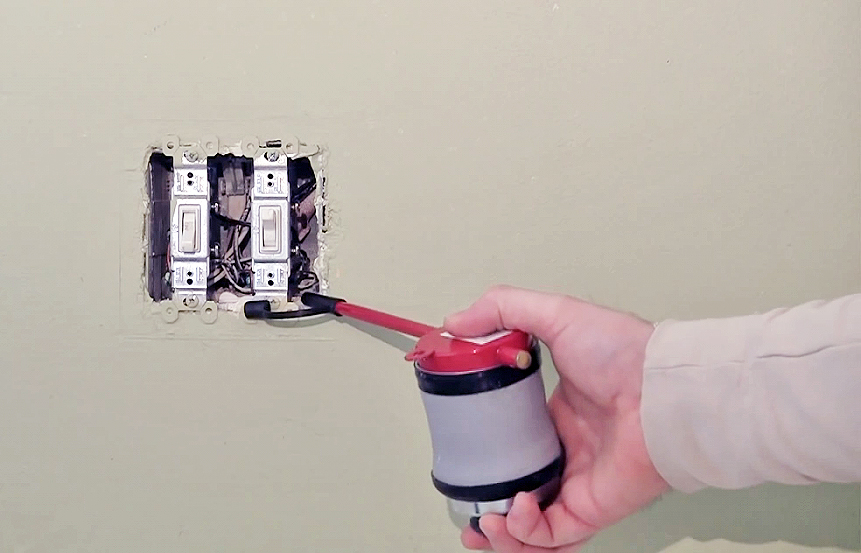
Apply 1-2 puffs of dust to the following areas around the home:
- Where pipes enter the wall
- Around door and window frames
- On the underside of lamps
- In the corners of rooms where cluster flies have been spotted
- In wall voids behind outlets
- In cracks and crevices around the home
Do not apply too much dust at once or the dust will not be effective as cluster flies will avoid piles of dust. 1-2 puffs at a time will be plenty.
Use a Fly Light
Fly lights plug into standard outlets and can be placed in attics, basements, and rooms that are not often used, like guest bedrooms.
Cluster flies are attracted to the light and then stick to the sticky board (glue board) inside the light. Simply plug in and replace the sticky board as necessary to control your cluster fly infestation.
Pro Tip
If you are short on space, a Gardner Under Counter Fly Light Trap is a smart choice. The Gardner UCT-15 is an easy-to-mount light trap that can be used in hard-to-access locations.
Products needed for Step 4
You should see a significant reduction in your cluster fly infestation within a month of treatment. Cluster flies may not be truly eliminated as some may remain hidden, avoiding treatment. If you do not see a reduction, repeat step 1 after 30 days.
Again, the best way to avoid cluster flies is to prevent them from entering your building in the first place. Read our guide on cluster fly prevention to learn how to repel cluster flies away from your home. Click the right arrow below to read more.
